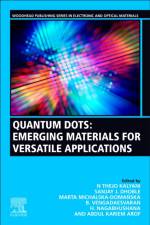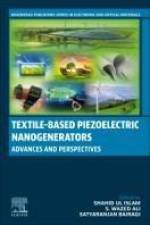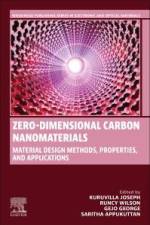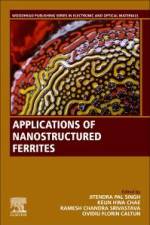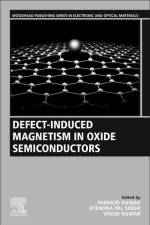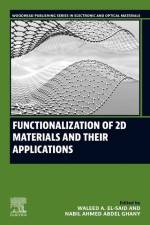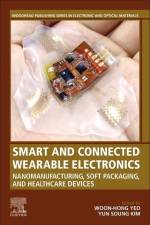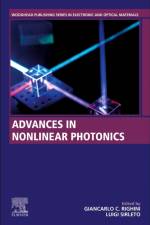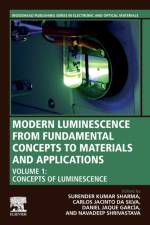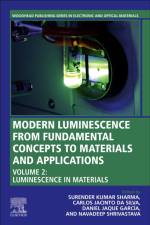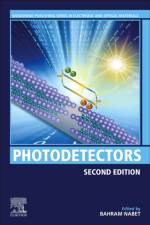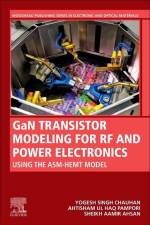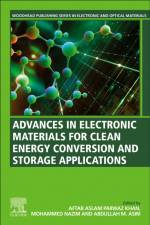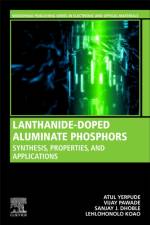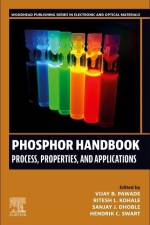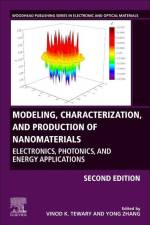av Yong Zhang & Vinod Tewary
4 615,-
Nano-scale materials have unique electronic, optical, and chemical properties that make them attractive for a new generation of devices. In the second edition of Modeling, Characterization, and Production of Nanomaterials: Electronics, Photonics, and Energy Applications, leading experts review the latest advances in research in the understanding, prediction, and methods of production of current and emerging nanomaterials for key applications. The chapters in the first half of the book cover applications of different modeling techniques, such as Green's function-based multiscale modeling and density functional theory, to simulate nanomaterials and their structures, properties, and devices. The chapters in the second half describe the characterization of nanomaterials using advanced material characterization techniques, such as high-resolution electron microscopy, near-field scanning microwave microscopy, confocal micro-Raman spectroscopy, thermal analysis of nanoparticles, and applications of nanomaterials in areas such as electronics, solar energy, catalysis, and sensing. The second edition includes emerging relevant nanomaterials, applications, and updated modeling and characterization techniques and new understanding of nanomaterials.

